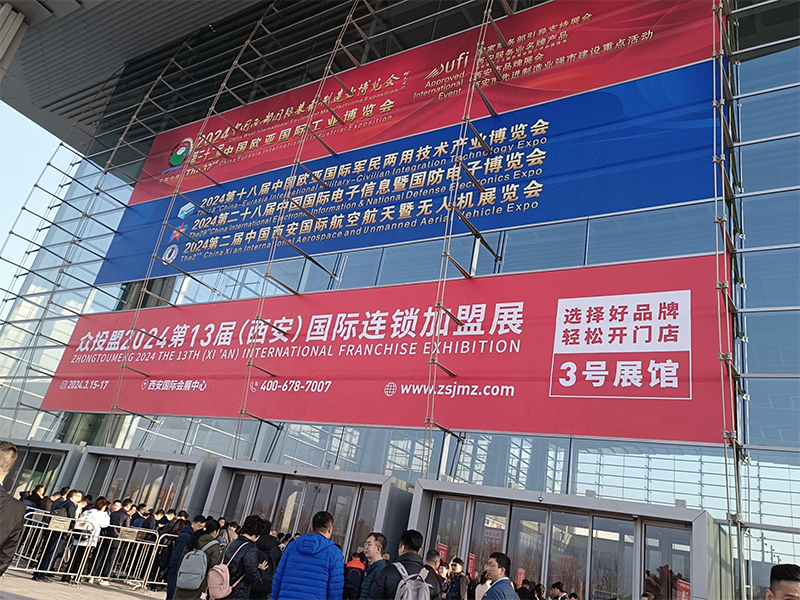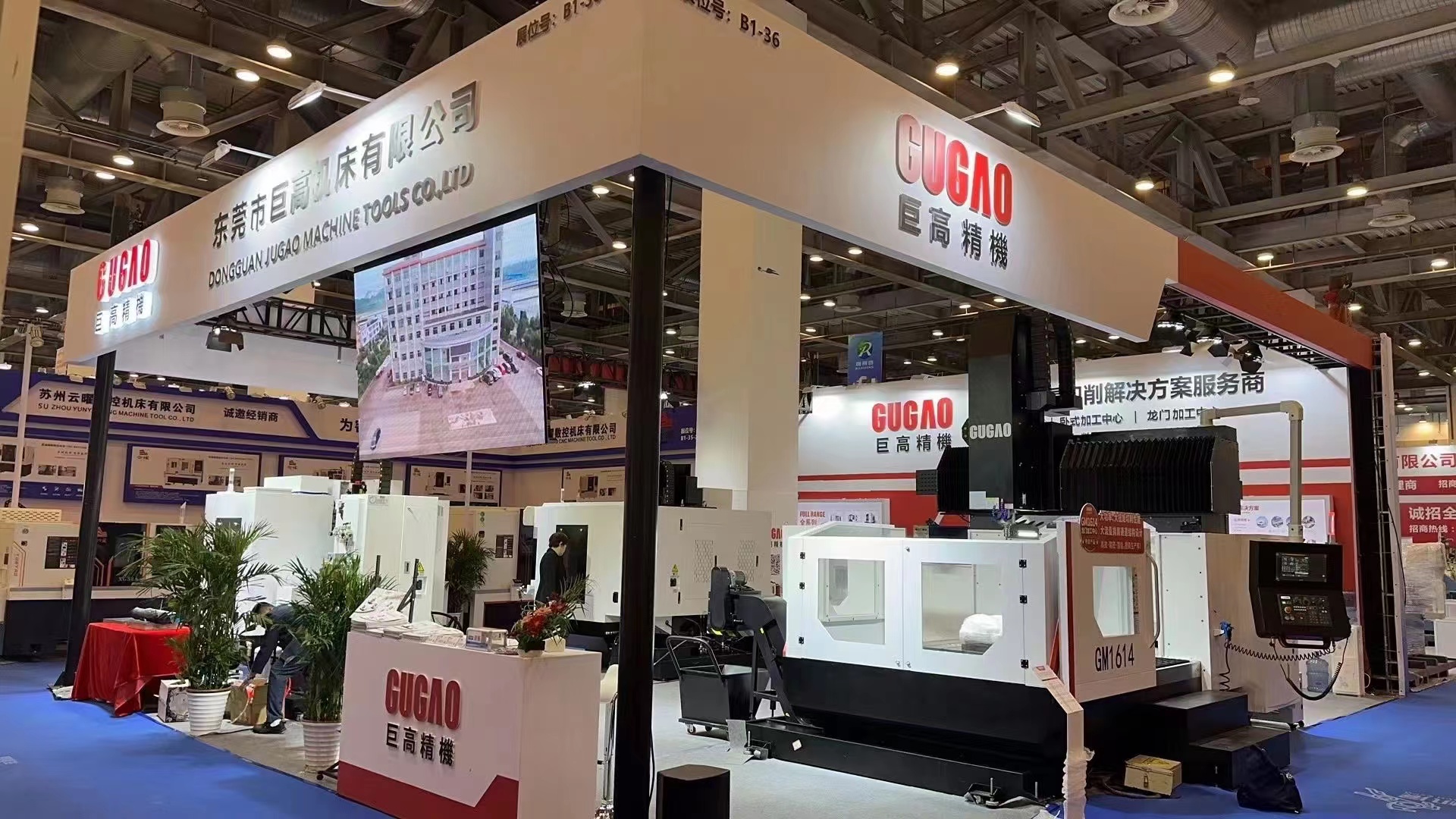Sep 10,2023●Industry News●By: Gugao Intelligent Equipment Co.,Ltd
CNC machine tools were first born in the United States. In 1948, Parsons Corporation of the United States proposed the idea of a CNC machine tool when developing a machine tool for processing helicopter blade contour inspection templates. Later, commissioned by the United States Air Force and in collaboration with the Massachusetts Institute of Technology, the world's first three coordinate CNC vertical milling machine was trial produced in 1952, with its CNC system using electronic tubes. Since 1960, Germany, Japan, China, and others have successively developed, produced, and used CNC machine tools. In 1968, China developed the first CNC machine tool from Beijing First Machine Tool Factory. In 1974, microprocessors were directly used in CNC machine tools, further promoting the widespread application and rapid development of CNC machine tools.
Due to the continuous development of microelectronics and computer technology, the CNC system of CNC machine tools has been constantly updated and has undergone the following generations of changes so far:
The first generation of CNC (1952-1959): a hardware CNC system composed of electronic tubes;
The second generation of CNC (1959-1965): a hardware CNC system mainly using transistor circuits;
Third Algebraic Control (since 1965): Hardware CNC systems using small to medium scale integrated circuits;
Fourth generation CNC (since 1970): a small general-purpose electronic computer CNC system using large-scale integrated circuits;
Fifth generation CNC (since 1974): CNC systems controlled by microcomputers;
The sixth generation CNC (since 1990): a universal CNC system using industrial PC computers.
The first three generations were the first stage, and the CNC system was mainly composed of hardware connections, known as hardware CNC; The latter three generations are called computer numerical control, and their functions are mainly completed by software.
In the past 20 years, with the development of science and technology, the rise and continuous maturity of advanced manufacturing technology have put forward higher requirements for CNC technology. At present, CNC technology is mainly developing in the following directions:
1) Developing towards high speed and precision
Speed and accuracy are two important indicators of CNC machine tools, which are directly related to the quality and grade of products, the production cycle of products, and their competitiveness in the market.
In terms of machining accuracy, in the past 10 years, the machining accuracy of ordinary CNC machine tools has increased by 10% μ Increase m to 5 μ m. Precision machining centers range from 3 to 5 μ Increase m to 1-1.5 μ m. And ultra-precision machining accuracy has begun to enter the nanoscale (0.001 μ m) . The improvement of machining accuracy not only lies in the use of components such as ball screw pairs, static pressure guides, linear rolling guides, magnetic levitation guides, etc., which improves the control accuracy of the CNC system and applies high-resolution position detection devices, but also in the use of various error compensation technologies, such as screw pitch error compensation, tool error compensation, thermal deformation error compensation, and spatial error comprehensive compensation.
In terms of processing speed, high-speed machining originated in the early 1990s, characterized by the application of electric spindles and linear motors, which greatly increased the spindle speed, with a feed speed of over 60m/min, a feed acceleration and deceleration of over 1-2 g, and a spindle speed of over 100000 r/min. High speed feed requires the numerical control system to have fast computation speed, short sampling cycle, and sufficient pre processing capability (forward processing) for path acceleration (deceleration) optimization. Some systems can process 5000 program segments in advance. To ensure processing speed, high-end CNC systems can change the feed rate between 2000 and 10000 times per second.
2) Developing towards flexibility and functional integration
While improving the flexibility of single machines, CNC machine tools are developing towards unit flexibility and systematization, such as the emergence of flexible and efficient machining equipment such as CNC multi axis machining centers and tool change box machining centers; Flexible Manufacturing Cell (FMC), Flexible Manufacturing System (FMS), and Flexible Manufacturing Line (FML) composed of multiple CNC machine tools have emerged as underlying processing equipment.
In modern CNC machine tools, automatic tool change devices, automatic workbench exchange devices, etc. have become basic devices. With the development of CNC machine tools towards flexibility, functional integration is more reflected in: automatic loading and unloading of workpieces, automatic positioning of workpieces, automatic tool alignment, automatic measurement and compensation of workpieces, "universal processing" that integrates drilling, turning, boring, milling, and grinding, and "complete processing" that integrates loading and unloading, processing, and measurement.
3) Developing towards intelligence
With the continuous penetration and development of artificial intelligence in the computer field, CNC systems are developing towards intelligence. In the new generation of CNC systems, due to the use of control mechanisms such as "Evolutionary Computation", "Fuzzy System", and "Neural Network", the performance is greatly improved. It has functions such as adaptive control of machining processes, automatic recognition of load, self generation of process parameters, dynamic compensation of motion parameters, intelligent diagnosis, and intelligent monitoring.
(1) The introduction of adaptive control technology has many factors that affect machining accuracy in actual machining processes, such as uneven workpiece allowance, uneven material hardness, tool wear, workpiece deformation, and machine tool thermal deformation. These factors are difficult to predict in advance, making it difficult to use the optimal parameters for cutting in actual machining. The purpose of introducing adaptive control technology is to enable the machining system to automatically adjust cutting parameters and other parameters according to changes in cutting conditions, so as to maintain the optimal working state of the machining process, thereby obtaining higher machining accuracy and smaller surface roughness. At the same time, it can also improve the service life of the cutting tool and the production efficiency of the equipment.
(2) The fault self diagnosis and self repair function utilizes the built-in program of the CNC system to perform self diagnosis and self inspection on the CNC system itself and various devices connected to it at any time during the entire working state of the system. Once a fault occurs, immediate measures such as shutdown should be taken, and a fault alarm should be given to indicate the location and cause of the fault. "Redundancy" technology should be used to automatically take the faulty module offline and connect the backup module.
(3) The automatic tool life detection and automatic tool change function utilizes infrared, acoustic emission, laser and other detection methods to detect tools and workpieces. If the workpiece is found to be out of tolerance, tool wear and damage, etc., timely alarm, automatic compensation or tool replacement should be carried out to ensure product quality.
(4) Pattern recognition technology applies image recognition and voice control technology to enable the machine tool to recognize patterns and process them according to natural language commands.
(5) Intelligent AC servo drive technology has currently been studied for intelligent servo systems that can automatically identify loads and adjust parameters, including intelligent spindle AC drive devices and feed servo drive devices, to ensure optimal operation of the drive system.
4) Developing towards high reliability
The reliability of CNC machine tools has always been the main indicator that users are most concerned about, which mainly depends on the reliability of each servo drive unit in the CNC system. To improve reliability, the following measures are currently being taken:
(1) Adopting higher integration circuit chips and large-scale or ultra large-scale dedicated and hybrid integrated circuits to reduce the number of components and improve reliability.
(2) Through the software ization of hardware functions to meet the requirements of various control functions, and through the modularization, standardization, generalization, and serialization of hardware structures, the production batch and quality of hardware are improved.
(3) Enhance fault self-diagnosis, self-healing, and protection functions, and perform fault diagnosis and alarm on hardware, software, and various external devices within the system. When various accidents such as machining overtravel, tool damage, interference, power outage occur, corresponding protection will be automatically provided.
5) Developing towards networking
The networking of CNC machine tools will greatly meet the needs of flexible production lines, flexible manufacturing systems, and manufacturing enterprises for information integration. It is also the fundamental unit for implementing new manufacturing models, such as Agile Manufacturing (AM), Virtual Enterprise (VE), and Global Manufacturing (GM). At present, advanced CNC systems provide users with strong networking capabilities. In addition to the RS232C interface, there is also a DNC interface with remote buffering function, which can achieve data communication between multiple CNC machine tools and directly control multiple CNC machine tools. Some have been equipped with the function of communicating with industrial local area networks and network interfaces, promoting system integration and information integration, making remote online programming, remote visualization, remote operation, remote monitoring, and remote fault diagnosis possible.
self-management
6) Developing towards standardization
CNC standards are a trend in the development of information technology in the manufacturing industry. Over the past 50 years since the birth of CNC technology, information exchange has been based on the ISO6983 standard, which uses G and M codes to describe machining processes. Obviously, this process oriented description method is no longer able to meet the needs of the rapid development of modern CNC technology. To this end, a new CNC system standard ISO14649 (STEP-NC) is being studied and developed internationally, with the aim of providing a neutral mechanism that does not rely on specific systems and can describe a unified data model throughout the entire product lifecycle, thereby achieving standardization of product information throughout the entire manufacturing process and even in various industrial fields.
7) Developing towards parallel driving
Parallel machine tool (also known as virtual axis machine tool) is the most revolutionary breakthrough in the movement structure of machine tools in the 20th century, which has attracted widespread attention. The parallel machine tool (see Figure 1-7) is composed of a base, a platform, and multiple expandable rods. The two ends of each rod are connected to the base through spherical supports, and the servo motor and ball screw are used to achieve telescopic motion according to CNC instructions, causing the motion platform to drive the spindle or workbench components to move in any trajectory. Parallel machine tools have a simple structure but complex mathematics, and the motion of the entire platform involves a considerable amount of mathematical operations. Therefore, parallel machine tools are a knowledge intensive mechanism. Compared with traditional series machine tools, parallel machine tools have the advantages of high stiffness, high load-bearing capacity, high speed, high accuracy, light weight, simple mechanical structure, low manufacturing cost, and high standardization, and have been successfully applied in many fields.
The hybrid CNC machine tool composed of parallel and series connection not only has the advantages of parallel machine tools, but also has more practical value in use, making it a very promising type of CNC machine tool.

Apr 09,2025 Company News

Jan 15,2025 Company News

Jan 14,2025 Company News

Hi! Welcome back.
How are you doing?

High-end intelligent equipment overall solution provider
+86 138-0962-2930
No. 772, Meijing West Road, Dalang Town, Dongguan, China